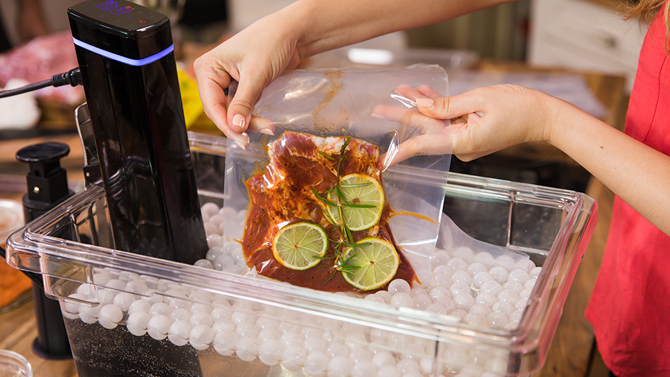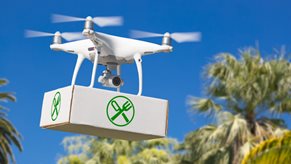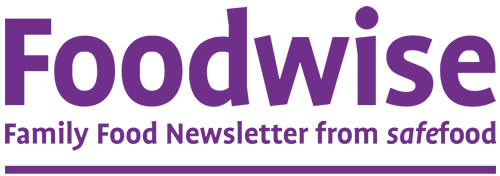Assessment of the Safety of Sous Vide Cooking at Lower Temperatures

- Project start date: 1 October 2018
- Project status: Completed
- Project type: Food safety
- Discipline: Microbiology and food hygiene
- Author/s: Mrs Elizabeth Saggers, QIB Extra
Research objective
The study assessed the safety of sous vide cooking at temperatures below 60°C, as many chefs and recipes use such low temperatures, which may not reliably inactivate foodborne pathogens.
Outputs
Research report
- Title: Assessment of the safety of Sous vide cooking at lower temperatures
- Date: 10 September 2019
- Summary: Unpublished report available on request.
- Findings:
- A survey of Irish restaurants (29 responses) identified common sous vide foods (beef, duck, chicken, pork, lamb, fish). Most were cooked above 60°C, but some were below
- Listeria monocytogenes survived all tests below 60°C, including after storage.
- E. coli O157:H7 on beef at 55°C showed minimal inactivation.
- Salmonella survival depended on the meat: in pork it was inactivated at 56–59°C, but in duck and pigeon it persisted even at 59°C.
- Product type (fat composition, texture, etc.) influenced pathogen survival.
Survey response rates were low, so wider monitoring is still needed.
- Recommendations:
- Continue monitoring sous vide practices in the restaurant sector.
- More scientific studies are required for accurate risk assessment of <60°C cooking.
- Products cooked sous vide below 60°C should not be considered ready-to-eat; they must undergo further heat treatment.
- Safety depends not only on temperature and time, but also on the food type.




